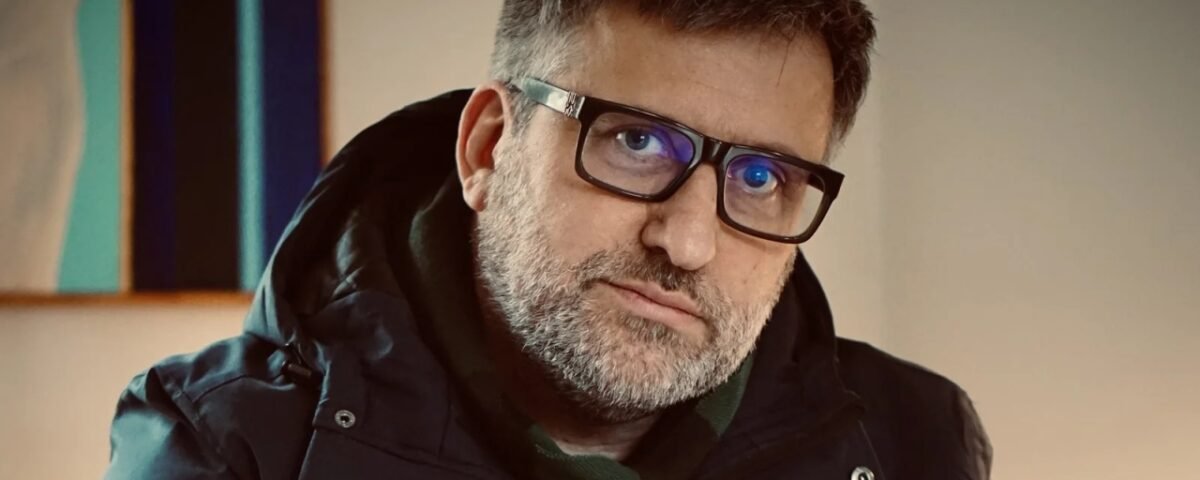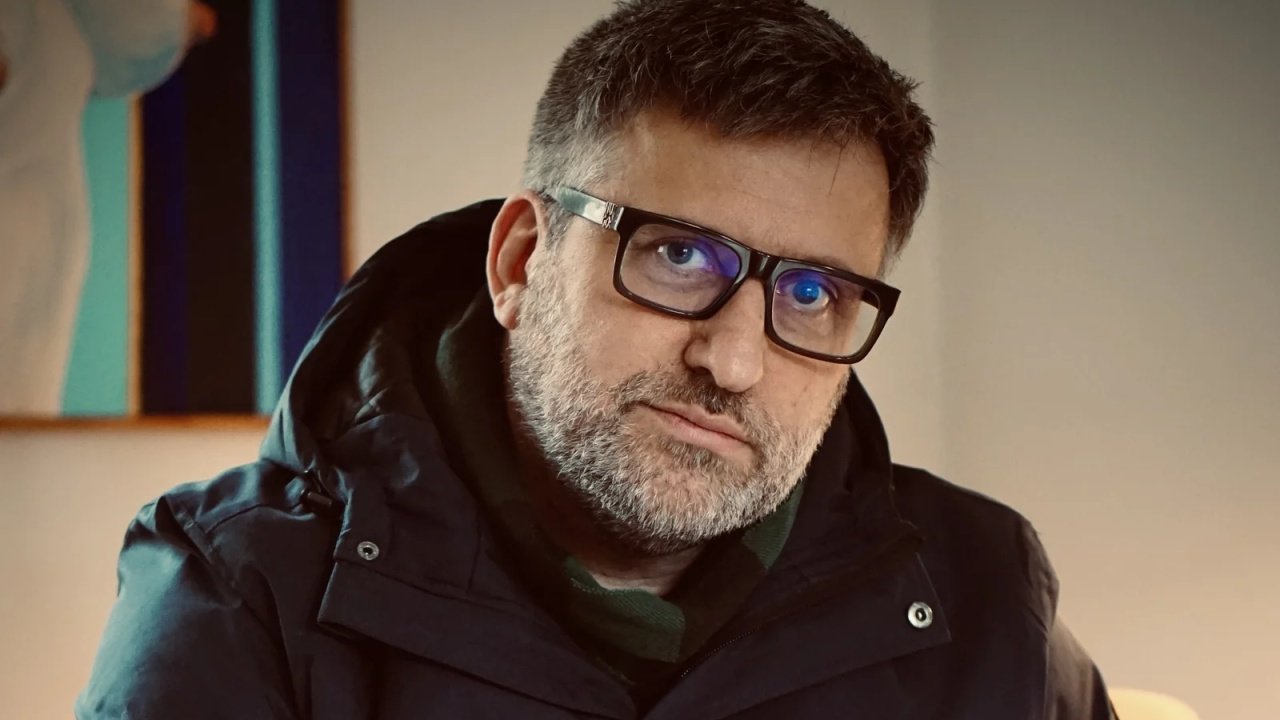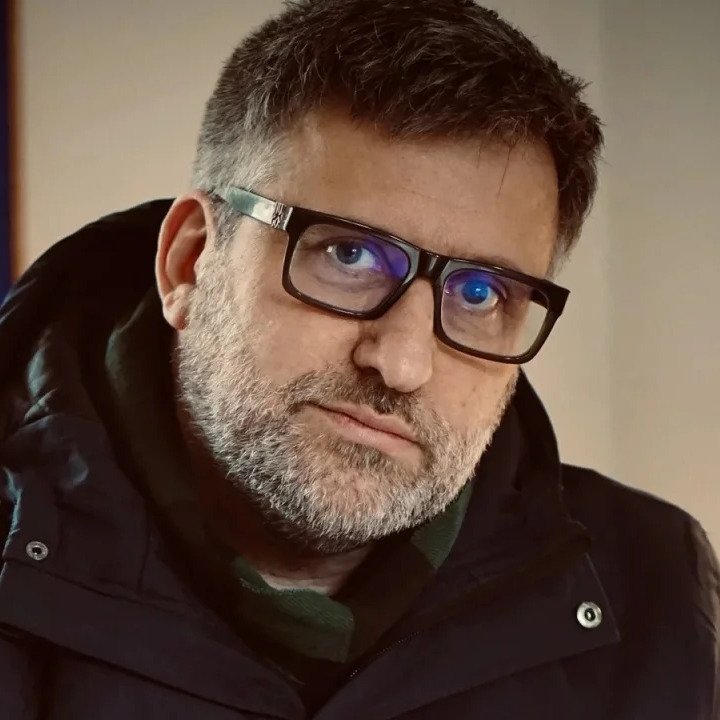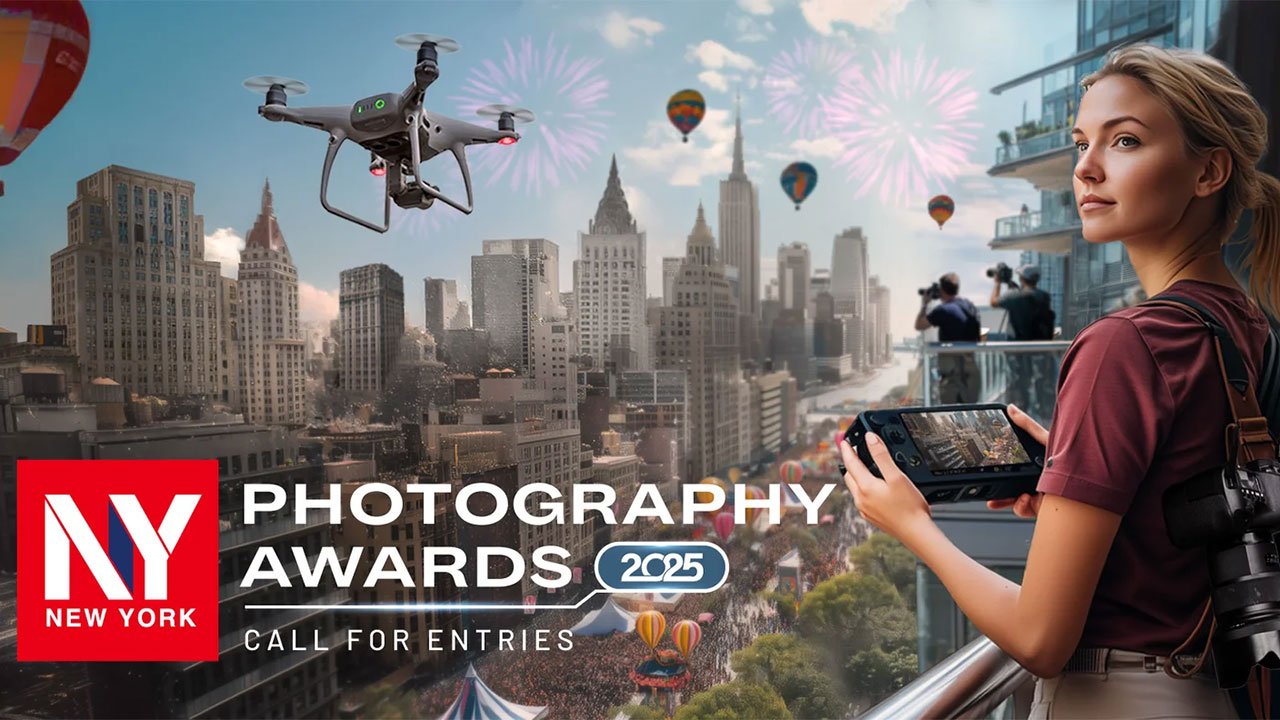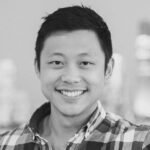
Inside the Frame with Chris Ha, 2025 MUSE Photography Awards Category Winner of the Year
July 24, 2025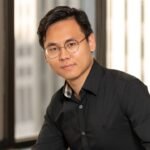
Revealing the System: Can Ge Uses Design to Build Trust and Connection
July 28, 2025Thank you to the judges and the London Photography Awards — it means a great deal, especially with this being my first time winning six gold awards in one event. What a recognition. Thank you again.
I started taking photography seriously at art school, though it wasn’t love at first click. My grandfather was a photographer, so the medium was familiar, but the course itself didn’t inspire me. Ironically, I still finished top of the class.
Looking back, I was a young man with undiagnosed dyslexia and probably ADHD. The world often felt confusing, and photography became a kind of refuge — a place to slow down and observe. I never really pursued it as a career, but I’ve taken photos almost every day since.
Only now, years later, do I feel I’ve found my voice — one that doesn’t try to follow trends or explain itself, but simply is.
At its core, my work explores the modern nude — raw, thoughtful, and honest. I want to give it its rightful place in art again, without apology or sensationalism.
All of the winning pieces are personal. They weren’t styled or staged — they’re raw glimpses of real moments.
One shows a woman curled inward, wrapped in a quiet fear — almost cocooned. Another has her leaning back, arms open, bare-chested against a WWII bunker with the word respect behind her. That interplay between vulnerability and defiance is something I often explore.
These aren’t just nude images — they are portraits of emotion and presence. That’s what I mean by the modern nude: something stripped back, but not empty. Images that hold meaning, not decoration.
Winning has given those moments a wider audience. It’s humbling — not for me, but for the subjects who gave so much of themselves. I hope more people will discover the quiet power behind the work.
As a young boy, that tiny lens and roll of 35mm film was endlessly fascinating. It was our version of the internet — mysterious and full of possibility. I remember the excitement of waiting for the slides to come back, or the fun of watching a terrible Polaroid appear in your hand.
Later, at school and art school, I began developing my own photographs. Seeing the image appear in the darkroom tray felt like magic. That process of quiet observation stuck with me — and it still shapes how I work today.
The nude human form — paired with colour, shape, and emotion. Not posed, not styled, not retouched beyond recognition. Just light, skin, and a moment of breath.
The nude has remained mostly unchanged for centuries, yet how we perceive it is in constant flux. Sometimes it's overdone, sometimes it's misunderstood. I want to pull it back into focus — not as shock or spectacle, but as something timeless, radiant, and meaningful.
For me, the nude isn't the subject — it's the starting point. The real subject is the idea behind it. That's the heart of what I call the modern nude. I want to create images that feel alive, relevant, and free from censorship — not because they're provocative, but because they carry purpose.
I use a Sony A6000 with the E50mm F1.8 OSS lens. It’s fast, quiet, and compact — which suits the way I work. I want the subject to feel at ease, and this setup helps me stay close without becoming intrusive. The 50mm gives just enough distance, and the wide aperture allows me to shoot naturally, in soft or low light.
It’s a simple tool — no distractions. That lets the focus stay on the moment, on the presence in front of the lens.
Comfortable — and quietly intrigued with the image in front of them. I hope the work pulls you in through shape, light, and colour. Ideally, you almost forget it’s a nude and instead feel that you’re sharing a moment — soft, honest, and suspended in time.
I never want recognition for myself — if anything, the attention should go to the subject, for what they’ve given. I simply frame the moment.
If the viewer feels drawn in, warmed, or curious enough to view my work — that’s more than enough. I want my work to be a celebration, not spectacle. Something wonderful, with silence and human.
The challenge lies in holding the story in your mind while helping the subject find confidence in theirs. That shared creative understanding — that’s what matters.
It’s not about lighting or angles. It’s about giving the subject the space to lead, to express something real — even if it’s quiet or uncertain. That takes patience and attentiveness. The most powerful moments happen when the camera no longer feels like a barrier, and something more intuitive takes over.
For me, the image must feel natural, but not meaningless. If it doesn’t carry a story or emotion, I don’t press the shutter.
It’s always the human form — but not as a body alone. The nude, without context or meaning, has been done too many times. I need something behind it — an idea, a thought, a purpose.
That’s what I’m working toward: a modern nude that isn’t decorative or predictable. Not in a studio, not on elaborate sets — but out in the world, where light and imperfection shape the story.
Shape, colour, form — with a twist. That’s what draws me in. The subject has to carry the image, and I shape the environment around their presence, not the other way around.
Painters, mostly. Paul Gauguin, Vilhelm Hammershøi, Anders Zorn — artists who knew how to translate the human form into atmosphere. Their use of light, negative space, and emotion shaped how I compose.
In photography, I’m drawn to quiet voices — people like Francesca Woodman, whose work feels like a whisper. Her images aren’t about nudity — they’re about presence, fragility, and something deeply human. That’s the energy I seek, always.
Very little. I’ll adjust contrast or crop an image — but I won’t manipulate it. I want the honesty of the moment to remain intact. If a strand of hair falls across the face, or the light shifts unexpectedly — that’s part of the image’s life.
I don’t want to erase presence in the pursuit of perfection. The flaws are often where the emotion lives.
AI is computer art — not photography. It deserves its own category and, yes, its own awards. That’s fascinating in one way, but also can be deeply unsettling.
Photography, to me, is about humanity — about a physical interaction with the world. Light, breath, presence, and a frame of time. If I ever lose that, I’ve lost everything.
I don’t shoot for perfection. I shoot for truth — however messy or quiet that truth may be. That’s something no algorithm can replicate.
I’m happy with what I’m doing — building a body of work that, I hope, helps bring the nude form back into the gallery space with meaning and grace.
I’m drawn to the shy, the modest, the overlooked — the people who don’t realise how much they carry. Their presence, not their fame, is what makes the image strong.
Where in the world I shoot doesn’t matter. The human story is everywhere — and it’s always worth documenting.
Winning Entries | 2025 London Photography Awards
- Temptation of Eve
- Cocooned in Her Thoughts
- Fruition: the Art of Naked Citrus
- The Silence Between Walls
- Chromatic Skin
- The Edge of Her World
Check out Daniel Gilpin's Photographer Profile by clicking here.
Explore more about the Stories from the Fringe: A Visual Dialogue with Category Winner of the Year - Roberto Pazzi here.

